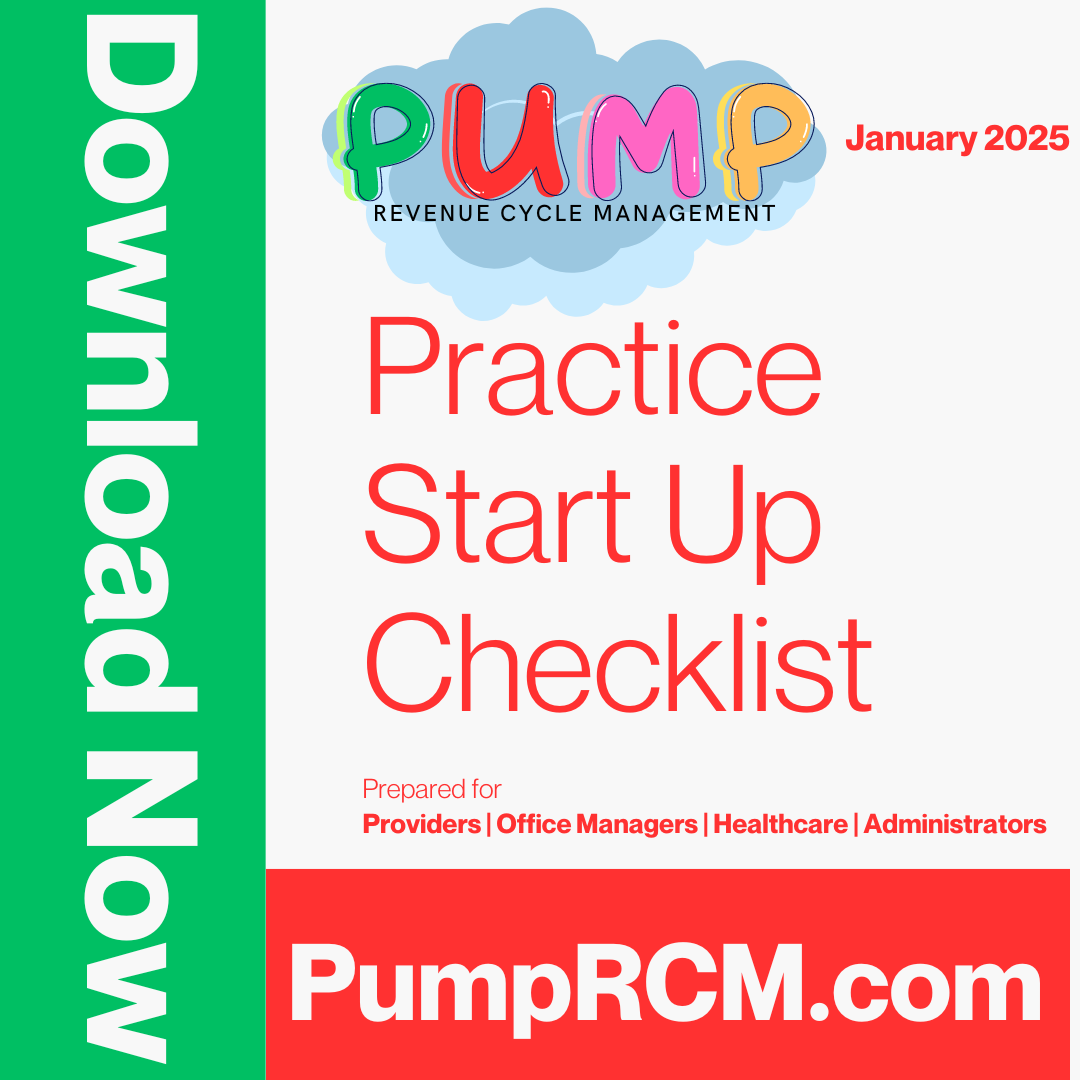How Healthcare RCM Solutions Streamline Billing and Collections
How Healthcare RCM Solutions Streamline Billing and Collections
Blog Article
Discover Exactly How Medical Care RCM Processes Transform Administrative Tasks Into Seamless Operations
In the ever-evolving landscape of medical care, Revenue Cycle Administration (RCM) processes have emerged as an essential force in transforming management jobs right into seamless procedures. By utilizing advanced technology and refined approaches, RCM uses an innovative method to handling individual registration, invoicing, and asserts handling. The answers to these inquiries are critical for recognizing the future of healthcare administration.
Understanding Health Care RCM
Revenue Cycle Management (RCM) in healthcare is an essential procedure that makes sure the economic health and wellness of clinical institutions by supervising the whole lifecycle of client service revenue. It integrates different management and scientific functions, beginning from the first scheduling of a medical visit to the ultimate collection of settlement for solutions made. Healthcare RCM. RCM is pivotal in managing the complexities of invoicing and reimbursements, making sure that doctor receive compensation for their services effectively and precisely
A comprehensive understanding of RCM includes identifying the multiple parts that make it successful. Secret facets include client organizing, insurance coverage confirmation, cost capture, claim submission, and payment publishing. Each of these elements requires thorough attention to information and robust systems to alleviate errors that could result in earnings loss. Moreover, RCM is not only regarding economic collections; it additionally aims to enhance individual satisfaction by reducing payment mistakes and improving transparency.
The effectiveness of RCM is contingent upon the smooth integration of technology and human source knowledge. Utilizing innovative software application options enables medical care institutions to automate repetitive jobs, thus lowering management burdens. Additionally, skilled personnel are important in navigating regulatory needs and payer plans, ensuring conformity and enhancing earnings recovery.
Improving Client Registration
Simplifying individual registration is a fundamental action in enhancing the efficiency of healthcare earnings cycle administration. It entails optimizing the first communication between clients and medical care suppliers to guarantee a smooth information collection procedure. Trick elements include the precise capture of client demographics, insurance confirmation, and authorization procurement. By digitizing these procedures via incorporated digital health and wellness records (EHR) systems, medical care facilities can minimize errors, minimize paperwork, and speed up patient throughput (Healthcare RCM).
Automated systems help in validating insurance coverage eligibility in real-time, which not just decreases management problems but likewise improves person contentment by avoiding unanticipated invoicing issues. In addition, pre-registration procedures allow individuals to full forms online before their browse through, reducing delay times and enabling team to concentrate on even more complex tasks. This aggressive approach guarantees that all essential info is accumulated and validated prior to treatment is given, consequently avoiding hold-ups in subsequent billing and claims procedures.
Training team to use these systems effectively is vital. It makes sure that information access is precise and constant, fostering a seamless shift from person enrollment to other revenue cycle processes. Ultimately, simplifying individual enrollment lays the structure for a much more efficient, patient-centered health care delivery design.
Efficient Billing Solutions
Efficient billing services are indispensable to enhancing medical care profits cycle management. They function as the foundation for making sure exact and timely economic purchases between individuals, health care companies, and insurance provider. By leveraging innovative innovation and streamlined processes, medical care centers can significantly reduce payment errors, lessen hold-ups, and boost money circulation. Carrying out robust payment systems assists in specific charge capture, guaranteeing all solutions made are represented and billed correctly. Automation tools can fix up payment information with scientific records, minimizing disparities and preventing claim rejections.
Moreover, efficient billing remedies empower doctor to provide transparent pricing and payment details to clients, promoting count on and enhancing patient contentment. Real-time payment systems enable medical care personnel to offer instant comments on patient qualification and out-of-pocket expenses, boosting the overall client experience. These solutions also permit seamless assimilation with digital wellness documents (EHR), making sure that payment and scientific information remain in sync, reducing administrative problems on doctor.
Incorporating reliable invoicing services right into the income cycle monitoring framework not just optimizes operational effectiveness however also enhances monetary performance. By reducing errors, increasing settlement cycles, and improving person interaction, health care organizations can concentrate more on providing quality care while preserving financial sustainability.
Optimizing Insurance Claims Handling

In the realm of healthcare revenue cycle management, optimizing insurance claims handling is crucial for maintaining financial wellness and operational efficiency. A streamlined claims process reduces the time in between solution delivery and payment, thereby improving money circulation and lowering the likelihood of mistakes. Reliable claims refining starts with accurate documents and coding, which are vital to make sure that insurance claims are submitted without discrepancies that could cause rejections or hold-ups.
Leveraging sophisticated modern technology, such as automated claims management systems, can substantially improve the efficiency of this process. These systems are created to automate recurring tasks, track cases with each stage, and flag potential issues early. This not just lowers the administrative burden on staff however also enhances the accuracy of submissions by decreasing human error.

Enhancing Income Collection

In addition, denial monitoring plays a critical role in maximizing income collection. Identifying patterns in case rejections, comprehending root reasons, and implementing restorative activities can dramatically decrease repeating issues, consequently enhancing capital. Service providers should invest in durable analytics devices that facilitate comprehensive coverage and evaluation, permitting them to address and correct denial trends immediately.
Timely follow-up on outstanding insurance claims is one more crucial facet of revenue collection. Developing a methodical technique to monitor and go after aged accounts makes sure that no income is left unclaimed. Using devoted team or automated systems to track these insurance claims can improve efficiency and make sure regular cash inflows.
Conclusion
Medical Care Earnings Cycle Management (RCM) processes significantly boost management effectiveness by integrating sophisticated innovation and human expertise (Healthcare RCM). The automation of person registration, billing, and declares handling accelerates and decreases errors money view website circulation, ultimately enhancing person fulfillment via real-time insurance confirmation and clear billing. By making certain seamless functional flow, RCM allows medical care carriers to prioritize top quality treatment while making best use of profits healing and preserving economic security, thus transforming administrative tasks right into reliable, streamlined procedures
Profits Cycle Management (RCM) in health care is an important procedure that ensures the monetary health and wellness of clinical establishments by overseeing the entire lifecycle of person solution profits.Streamlining client enrollment is an essential action in improving the performance of medical care profits cycle management. It involves maximizing the preliminary interaction between individuals and health care companies to make certain a smooth data collection process.In addition, effective invoicing solutions empower health care suppliers to use transparent rates and invoicing information to people, fostering depend on and boosting client contentment. Go Here Real-time payment systems make it possible for healthcare team to give instant responses on patient qualification and out-of-pocket prices, improving the total individual experience.
Report this page